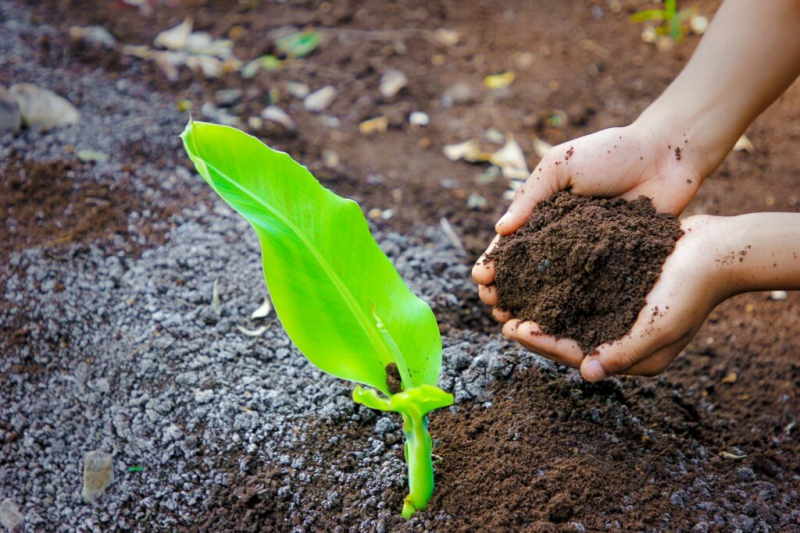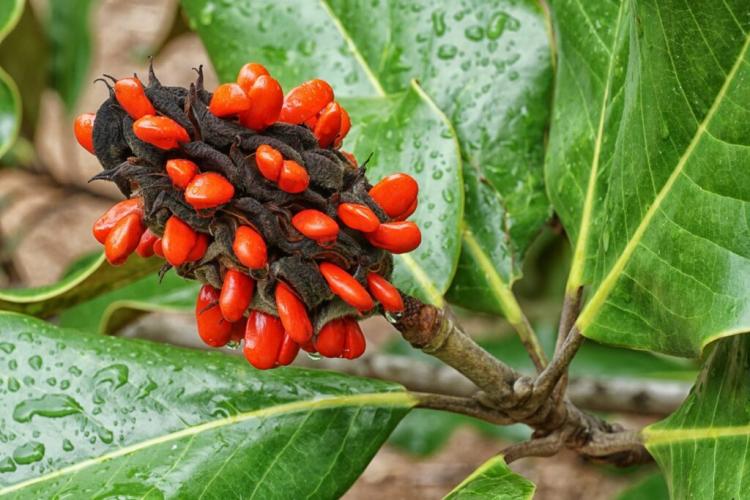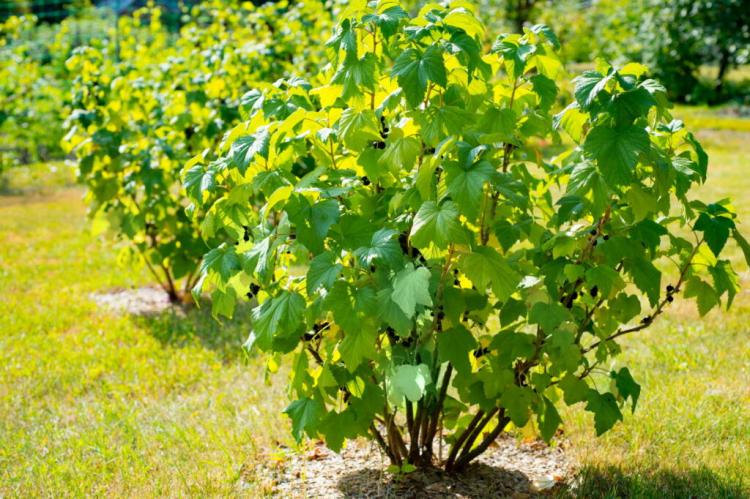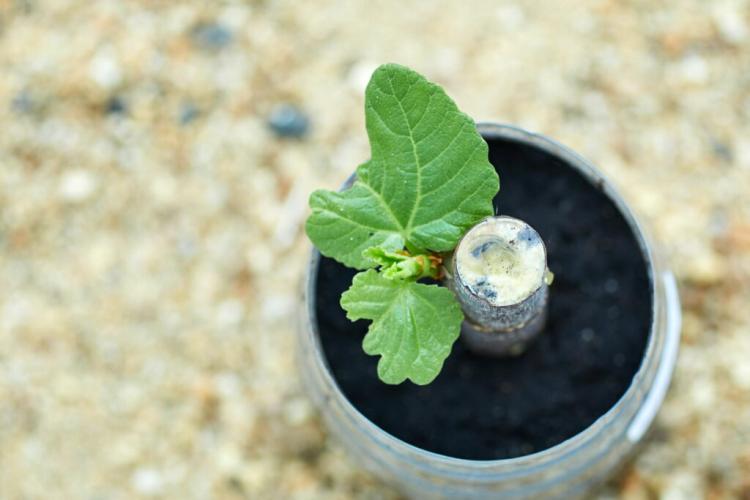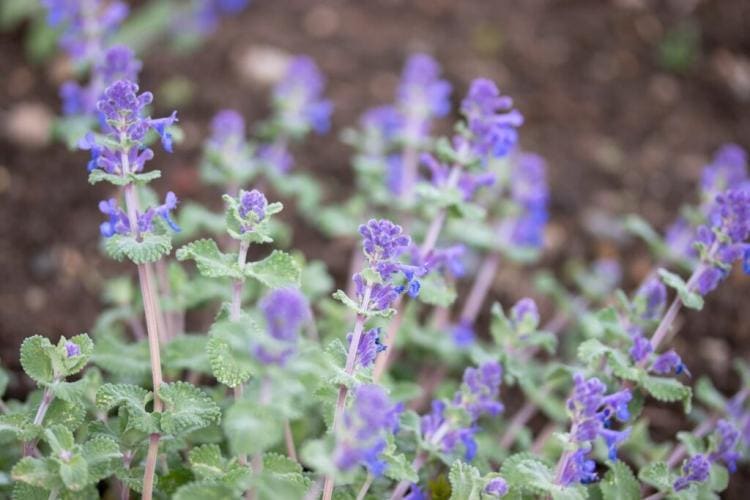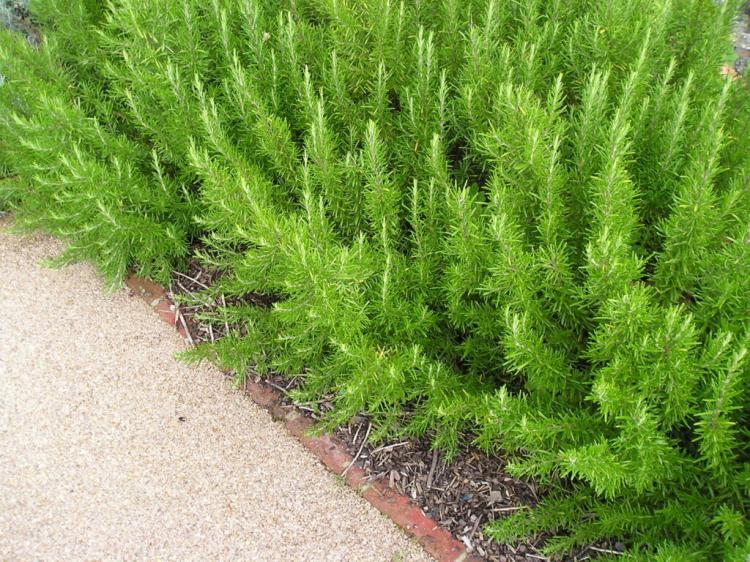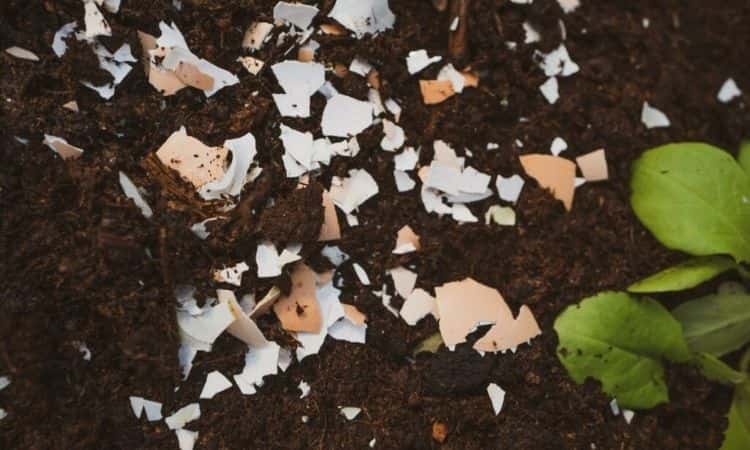Fertilizing Bananas: When, What And How Fertilize Banana Tree?
In order for the banana harvest to be successful, the plant must be optimally supplied with nutrients. We show what is important when fertilizing bananas. Actually, bananas ( Musa ) only grow in warm regions without frost. Under the right location conditions, however, they also thrive here with us and spread an exotic flair in the garden or in the house. In order for your banana tree to thrive and stay healthy, you should take good care of your darling.
Optimal care and, above all, needs-based fertilization is crucial for success. After all, under optimal conditions, a banana tree grows about one centimeter per day and, on average, forms one new leaf per week. In order to perform like this, the banana must constantly absorb new nutrients from the soil. But the stocks in the substrate will eventually run out. Therefore, in this article, we explain how you can optimally supply your banana tree with nutrients through regular fertilization.
Although bananas are originally native to subtropical and tropical areas, there are some varieties that are relatively hardy and can be grown not only in the house but even in the garden. We explain below when and with what best to fertilize your bananas in the bed and in the pot.
When are bananas fertilized?
Table of Contents
In general, you should fertilize your banana tree regularly, but in moderation, during the growing season. Some types of bananas can reach a height of up to 2.5 meters. For the growth and formation of the large, green leaves, the tropical plant must above all be supplied with sufficient nitrogen.
Fertilize the bananas in the pot
If you want to cultivate bananas in pots, you should ensure good starting conditions right from the start. Special citrus or Mediterranean plant soil is very suitable as a substrate. In principle, however, any commercially available flower or garden soil can also be used. However, make sure that the soil is permeable to avoid waterlogging. In addition to regular watering, from now on you can also fertilize regularly to meet the nutritional needs of the banana and help it to perform at its best. From March to October, you can apply a liquid fertilizer to the irrigation water every week.
In order to avoid over-fertilization, it is advisable to use primarily organic fertilizer and to orientate yourself on the recommended quantities on the packaging. During the rest phase in winter, you should reduce the amount of fertilizer in any case and only fertilize every six to eight weeks. Depending on the growth of the plant, you should repot the banana tree every one to two years and replaces the substrate with a fresh one in order to provide the plant with new nutrients.
When are bananas fertilized in the pot?
- Use suitable substrate
- Fertilize weekly during the growing season
- Only fertilize in small amounts every 6 to 8 weeks during the resting phase
- Replace the substrate every 1 to 2 years
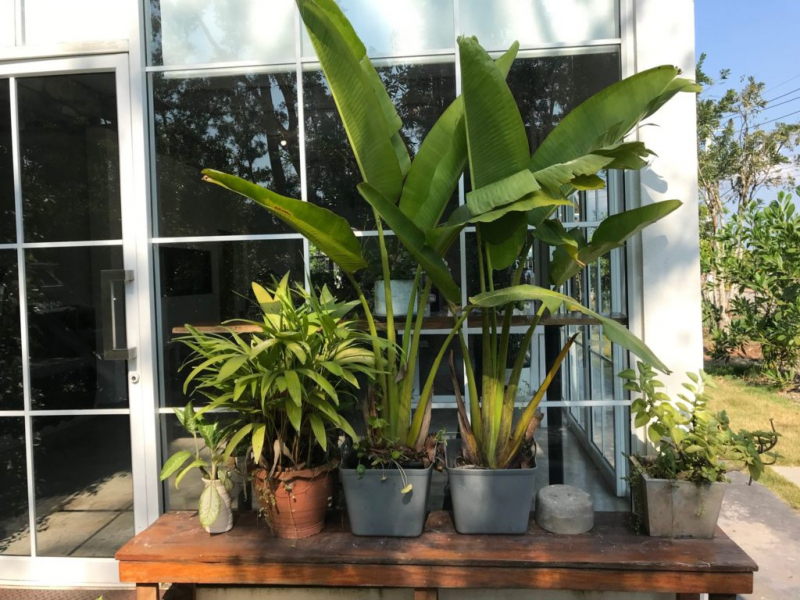
Fertilize the bananas in the bed
You can plant hardy banana varieties such as the Japanese fiber banana ( Musa basjoo ) in the bed (by August at the latest). To ensure that the plant is not damaged over the winter, special protective measures should be taken – you can find more information on this in this article on wintering bananas. To add value to poor soils, you can work in a shovel of ripe compost or rotted manure when you are planting. In order to optimally supply the banana plant with nutrients, organic fertilizer with organic long-term effects such as organic universal fertilizer is ideal. This is worked into the top layers and then slowly decomposed by microorganisms in the soil so that it gradually becomes available to the plant. As soon as the perennial begins to grow significantly in spring, you should fertilize regularly with liquid fertilizer or ripe compost.
You Might So Like: Fertilizing Cacti: The Perfect Fertilizer For The Cactus
When are bananas fertilized in the bed?
- Incorporate compost or manure when planting
- Administer fertilizers with long-term organic effects for an optimal supply of nutrients
- From spring onwards, fertilize weekly with liquid fertilizer or compost
What is the best way to fertilize bananas?
Regardless of whether you want to grow your banana indoors or outdoors, there are several fertilizing methods to choose from. The following are some of the arguments in favor of using primarily organic fertilizers and what other options there are.
Fertilize bananas mainly organically: application recommendation
Organic natural fertilizers such as compost or rotted horse manure can be used to meet the high nitrogen requirements of bananas. Since the decomposition via microorganisms takes some time, it is also advisable to use organic fertilizers in liquid form, because the nutrients contained in them can be absorbed more quickly by the plant in dissolved form. From a sustainability point of view, however, there are many advantages to using an organic fertilizer with an organic long-term effect.
You Might So Like: Fertilize Ponytail palm (Beaucarnea recurvata): Everything to fertilize the correctly
What are the advantages of organic fertilizer with an organic long-term effect?
- Reduced risk of over-fertilization due to slow decomposition via microorganisms in the soil
- Promotion of active soil life and improvement of the soil structure
- Particularly gentle on plants, people, and animals in the garden as it does not use chemicals
Organic universal fertilizer fully meets all of these criteria. The production from predominantly organic plant residues from the food, feed, and luxury food industry is particularly resource-saving. The high nitrogen content promotes plant growth and the formation of leaves in your banana tree, especially at the beginning of the growing season. Sufficient phosphorus, in turn, stimulates root growth and flower formation.
The potassium contains also strengthens the immune system and improves the winter hardiness of the plant. Species that develop small fruits in the course of their development also need a sufficient amount of this nutrient. In order to meet the nutritional needs of bananas and not to damage the plant through over-fertilization, it is important to give the optimal amount of fertilizer. So that you can supply your perennial with the right amount of nutrients, we have prepared detailed fertilization instructions for you below.
Long-term organic fertilization: Instructions and dosage amounts for bananas
- Before planting: lightly work 100 – 150 g / m² (8 to 12 heaped tablespoons) of organic universal fertilizer into the soil
- Pour the freshly inserted banana tree well so that the granules can dissolve
- Every spring (March) fertilize about 80 – 120 g / m² (7 to 10 heaping tablespoons)
- The second fertilization in June supports your banana tree again optimally
Fertilize bananas with minerals
Blue grain and mineral liquid fertilizers are often used to fertilize bananas. The nutrients it contains are in pure form and can thus be absorbed and converted directly by the plant from the soil solution. Due to the simple solubility of the nutrients, however, there is also an increased risk of over-fertilization with mineral fertilizers – they are therefore only partially suitable for fertilizing bananas. If used improperly, the high salt concentrations can cause the perennial to droop or even shed its leaves. In addition, artificial fertilizers can more easily be washed out into deeper soil layers and lead to contamination of the groundwater there. In contrast, primarily organic fertilizers are much more environmentally friendly and, when used correctly, support the development of your banana tree in a more sustainable manner.
Fertilize bananas with home remedies
You may also have heard of the fact that banana trees should be fertilized with a chopped-up banana peel. In fact, these are high in potassium, magnesium, and phosphate. In order to accelerate the decomposition process, it is best to chop the shells a little and work them into the substrate in a fresh or dried state. In order to meet the nitrogen requirement, however, banana peels should only be used in combination with other fertilizers. In addition, it is better to only use the peel of organic bananas, otherwise, the fruits are sometimes heavily contaminated with pesticides.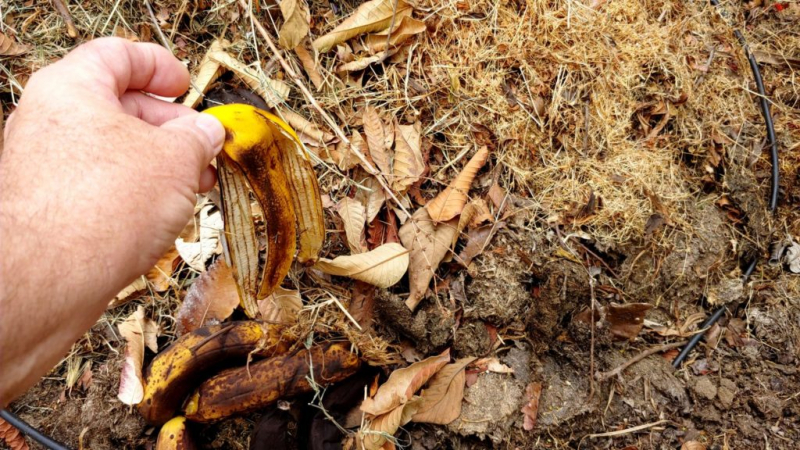
Make banana fertilizer yourself
You can also easily make a liquid fertilizer yourself from cut or chopped-up banana peels. To do this, boil around 100 grams of the pieces of the banana peel with one liter of water. Then let the brew steep overnight and strain off the remains of the peel the next day. Before use, it is best to dilute the brew in a ratio of 1: 5 with water and water the plant with it. This banana fertilizer is also wonderfully suitable for other indoor plants, flowering perennials, and especially for roses ( pink ). It promotes the health and flowering ability of the plants and, with its high potassium content, also ensures that they get through the winter better. Over-fertilization is hardly possible due to the low nitrogen content, which is why you can fertilize your plants with banana peels throughout the season without hesitation.
So that you can ensure optimal conditions right from the start, in this special article we will show you the best way to go about planting bananas and what else to consider when caring for bananas.
